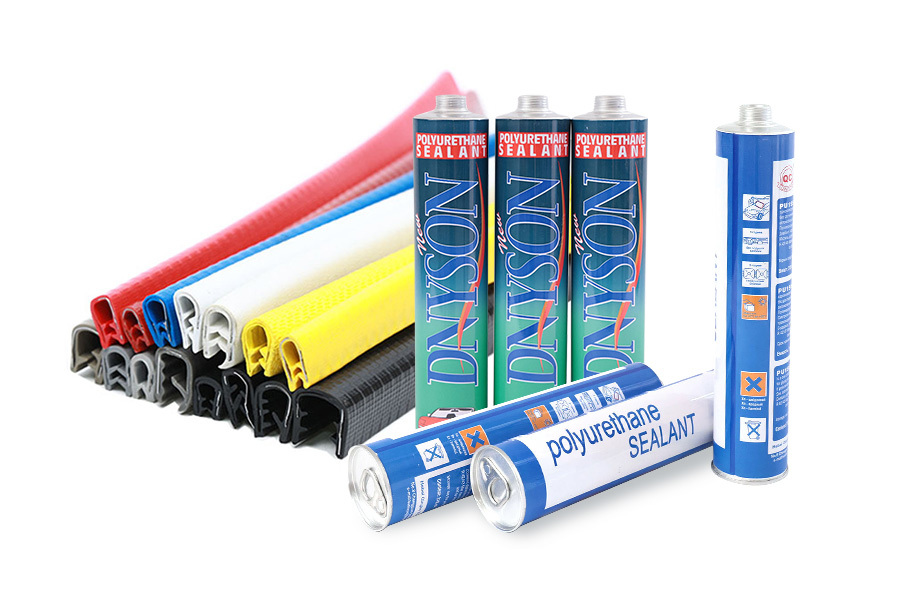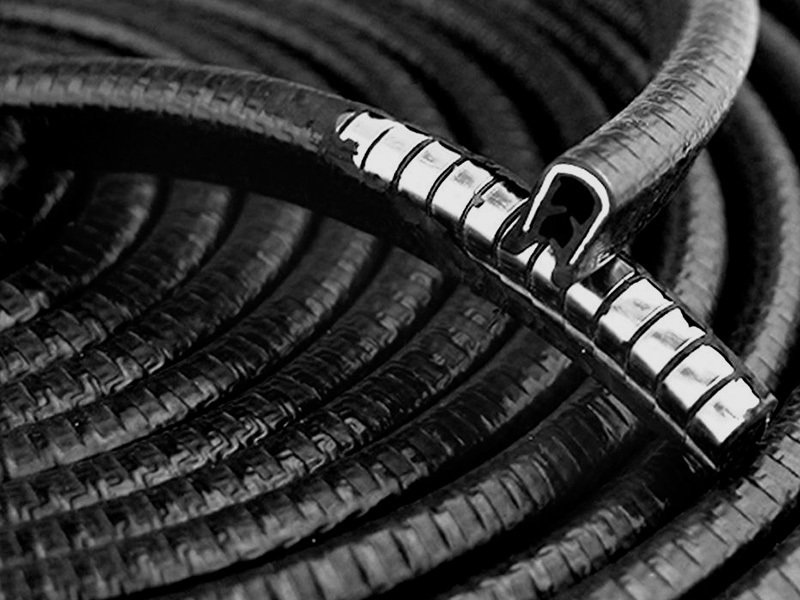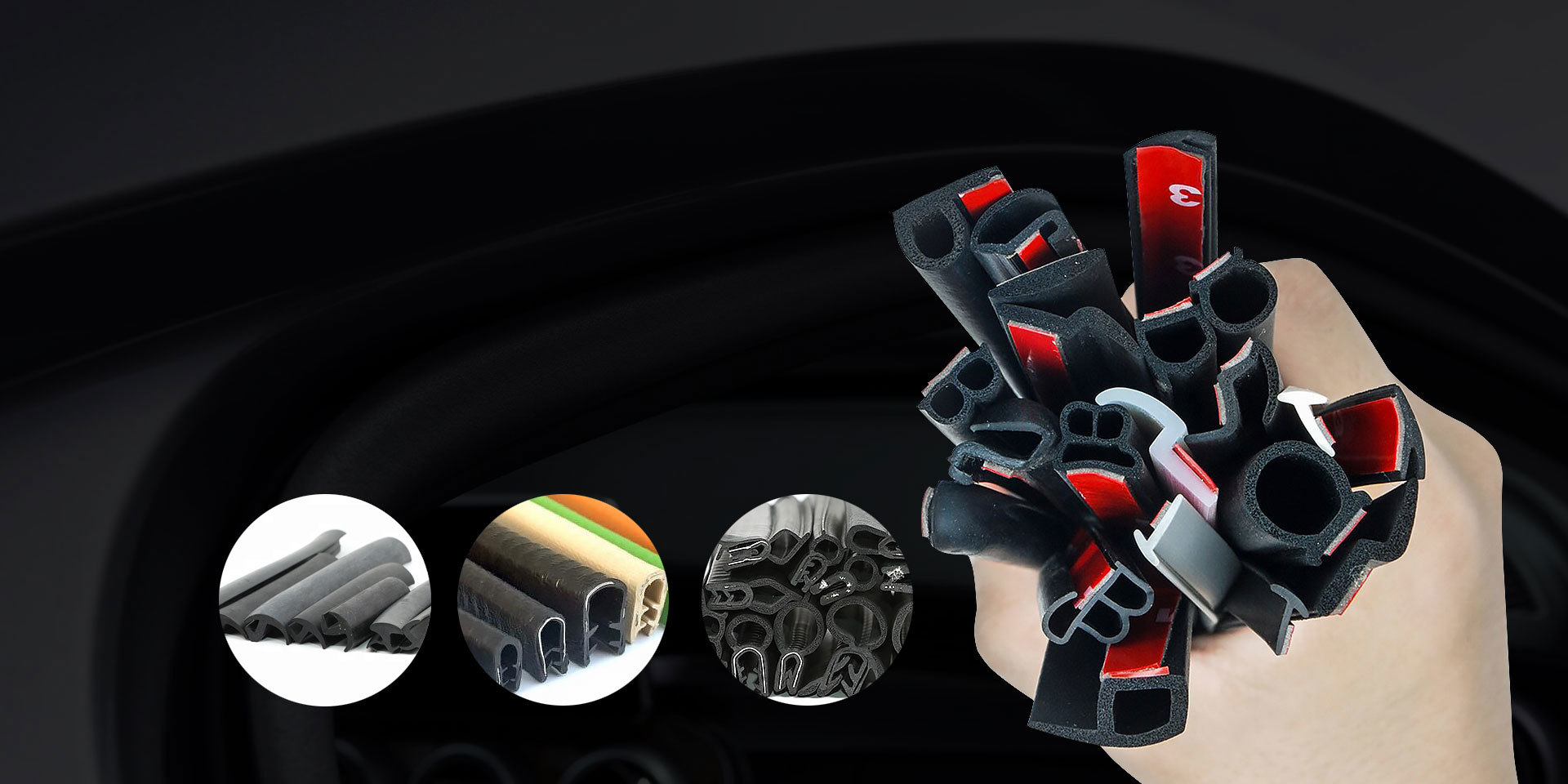Our Blogs
+8613703190257Tian Zong
+8615931978520Manager Wei
ADD: No.8, Chengguan Industrial Zone, Qinghe County, Hebei Province, China
Nov 11,2022
The manufacturer of subway sealing strips informs everyone that doors and windows generally use EPDM (ethylene propylene diene monomer) rubber sealing strips. There are special sealing strip grooves on the slats and doors and windows, and the main function is to insert sealing strips into the slats and inner sashes, making the glass and frame sashes tighter, thereby ensuring the air tightness of the doors and windows.
Jul 27,2022
Manufacturers of subway sealing strips: Details on the use of automotive sealing strips.
The subway sealing strip manufacturer informs everyone that rubber sealing strip pipes can be connected through welding, hot melting, and threaded connections. PPR pipes are the most reliable for hot melting connections, which are easy to operate, have good air tightness, and high joint strength. The pipe connections are made using a handheld welding machine for hot melting. Before connecting, dust and foreign objects on the pipes and fittings should be removed.
Jul 14,2022
The manufacturer of subway sealing strips usually installs door and window sealing strips to ensure a tight fit, preventing air leaks. These strips serve to keep out dust, water, and sound. However, many people know very little about them, especially regarding installation. Door and window sealing strips are mainly used for plastic steel doors and windows, aluminum alloy doors and windows, wooden doors and windows, and aluminum-plated plastic doors and windows in building decoration.
Jul 04,2022
The Role and Replacement of Sealing Adhesives in New Energy Vehicles
Sealing glue for new energy vehicles is one of the important components of a car. It can fill various gaps between different parts of the car body, providing functions such as shock absorption, waterproofing, dustproofing, sound insulation, and decoration. It effectively prevents wind and rain from affecting the car, enhancing the comfort of passengers and protecting the car body. The sealing strips effectively isolate gases and liquids between the interior of the car and the outside world, ensuring a scientific and effective barrier when you are driving on the road...
Apr 20,2022
What is new energy vehicle sealant?
New energy vehicle sealant has its uniqueness. Due to the deformation and damage of most bonding surfaces after use and disassembly to varying degrees, the difficulty of sealing and preventing leakage increases, making the "three leaks" problem particularly prominent in the automotive repair industry. Below, we will introduce what new energy vehicle sealant is. Glass adhesive can be used to bond the windshield and rear window of the car, allowing them to be securely attached to the vehicle body.
Apr 20,2022
The Importance of Sealant Application in New Energy Vehicles
As the power source component of new energy vehicles, power batteries directly affect the safety of both the vehicle and its occupants. According to national standards, the sealing glue for new energy vehicles must meet the design requirements of IP67 protection level and maintain sealing and waterproof performance under various climatic and complex working conditions. Let's take a look at the importance of sealing glue applications in new energy vehicles.
Mar 22,2022
What is new energy vehicle sealant?
New energy vehicle sealant, as the name suggests, is a special adhesive used in the automotive industry. The sealant for new energy vehicles is used for static sealing of motors and generators to prevent moisture ingress. Automotive sealants generally refer to those made from natural rubber or synthetic rubber, which include ethylene propylene diene monomer (EPDM), neoprene, silicone rubber (NCM), and fluororubber.
Jan 13,2021
Sealing strips on wooden doors, security doors, sliding doors, various aluminum-plastic doors and windows, and other doors and windows play a crucial role. The most obvious function is shock resistance, which reduces (or even eliminates) the impact when closing the door (or window) after it stops at the line, providing protection at the edges of the door leaf.









